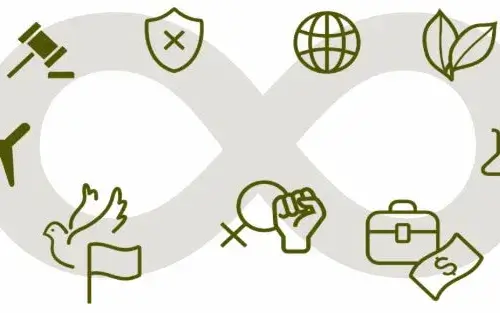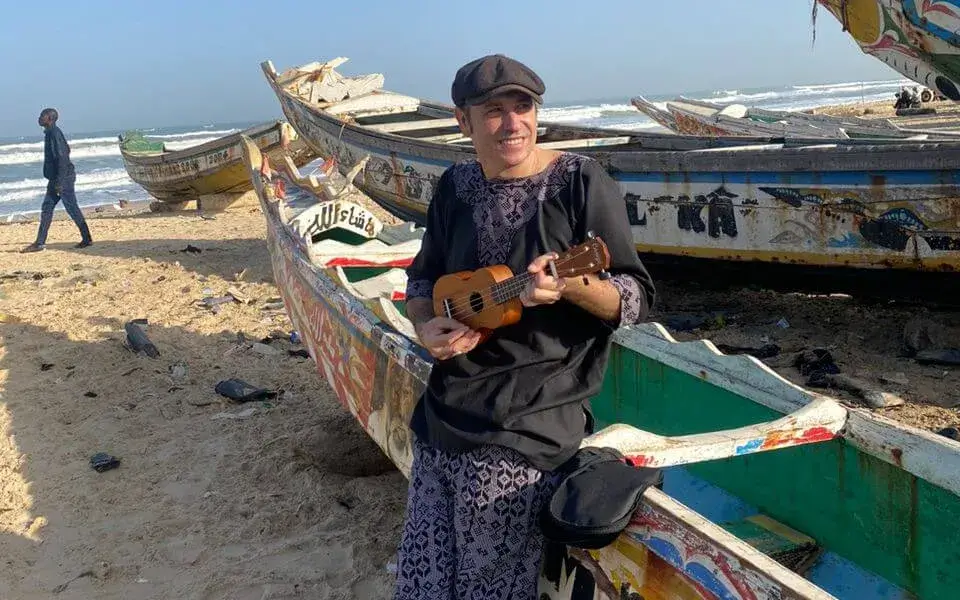The collective with intellectual disability is one of the most marginalized in the world, according to WHO
In the world, there are more than 1.000 million people living with some type of disability, a figure that represents 15% of the total population. Prevalence is still greatest in developing countries.
People with disabilities make up one of the most marginalized groups in the world. This group has the worst health and academic results, it participates less in the economy and registers higher poverty rates than people without disabilities.
Nowadays, disability is considered a matter of human rights. Obstacles can be overcome if governments, non-governmental organizations, professionals and the collective themselves work together. A WHO report on disability in general (but extrapolated to intellectual disability) mentions these ten facts:
1: Over 1.000 million people suffer from some type of disability
This figure represents more than 15% of the world population. Between 110 and 119 million people have difficulties working in the intellectual field. The number of people is increasing due to the aging of the population and of chronic diseases worldwide. As the ‘Confederació Espanyola d'Organitzacions a favor de les Persones amb Discapacitat Intel·lectual (FEAPS) points out, the process of aging of these people has certain peculiarities: its start is produced earlier and it is located at 45 years of age.
The same organization to which ‘Plena Inclusion’ belongs, an entity that, in Catalonia, is represented by DINCAT, points out that approximately 18% of people with intellectual disabilities belong to the elder population, and that, in the course of the next two decades ago, this age group will reach 60%.
2. The intellectual disabilities disproportionately affect vulnerable populations
Low-income countries have a higher prevalence of people with intellectual disabilities than those with high incomes. Disability is more common among women, the elderly and the poor child and adult population.
3. The group usually does not receive the healthcare it deserves
Half of people with intellectual disabilities can not pay healthcare in disadvantaged countries compared to one third of people without disabilities. According to the World Health Organization (WHO), this group is twice as likely to consider unsatisfactory the health services that are given. He is also four times more likely to report that he is ill and almost three times more likely to complain about the healthcare he receives.
4. Children are less possibilities to be enrolled
There is a large gap between dropout rates for all age groups and for all contexts but there is a huge difference between the most disadvantaged and most developed countries. For example, the difference between the percentage of children with intellectual disabilities and children without disabilities attending primary school ranges from 10% in India and 60% in Indonesia.
5. The group is more probabilities to be unemployed
World data indicate that employment rates are lower for men (53%) and women with disabilities (20%) than for men without disabilities (60%) and for women without disabilities (30%). . According to the International Labor Organization, for people with intellectual disabilities, unemployment and exclusion rates in the field of education, employment, medical care and other services, as well as their membership in the community, they are high.
6. The community is more vulnerable to poverty
People with intellectual disabilities live worse than people who do not have a disability. For example: insufficient food, precarious housing, lack of access to safe drinking water and sanitation. Due to the costs generated by this group, among other aspects (help devices, medical care or assistance personal) people with disabilities are usually poorer than those with no similar income.
7. Rehabilitation helps strengthen the ability to live and strengthen independence
In many countries, rehabilitation services are insufficient. Data from four countries in southern Africa indicate that only 26 and 55% of people who needed a medical rehabilitation service received them and only 17% and 37% of those who needed help devices could access to them.
8. People with intellectual disabilities can live and participate in the community
Even in countries with high incomes, between 20% and 40% of people with disabilities do not see their attendance needs satisfied in relation to the activities they carry out on a daily basis. In the United States, 70% of the adult population trust their friends and relatives to help them in their day to day life.
9. The obstacles to intellectual disability can be overcome
For example, access to general services can be promoted, investing in specific programs for people with disabilities, adopting a strategy and a specific action plan for this group, improving training, education and recruiting staff, increasing public awareness and understanding of the disabilities or guarantee the participation of people with disabilities in the application of policies and programs.
10. The Convention on the rights of this collective has the objective of promoting, protecting and ensuring the human rights of the collective
Until today, this convention has been signed by 170 countries and organizations and 130 have ratified it. In addition to this Convention, the European Platform Inclusion Europe formed by professionals from five countries (United Kingdom, Slovenia, Denmark, Luxembourg, Austria and Spain) has produced a manifest to claim at European level. The main points included in the manifesto are:
• Everyone must have a socially valued life and must be respected.
• All people can develop and increase the control they have over their lives with the right personal supports.
• All people can contribute and have the right to access all community services.
• All families have the right to have a normal life, like that of others, through personal supports and the recognition of their needs.







Add new comment